Intellectual Property
U.S. Patent and Trademark Office Search – The UPTO office has a free search engine for all U.S. patents on their website. Although this search is not the most user oriented, it is the most reliable. It is recommended that in the course of any patent search, this resource must be extensively used in order to determine the existence of other potential patents.
SumoBrain (Free) – SumoBrain features full-text cross-collection searching of US & EP patents and applications, PCT documents, and Japanese abstracts.
Free Patents Online – The FreePatentsOnline search engine is one of the most powerful, fastest and easiest patent search engines on the web. Their search allows advanced search techniques such as word stemming, proximity searching, relevancy ranking and search term weighting to help you find exactly what you are looking for.
Google Patent Search – A public search forum for the search of relevant patent design.
EIGERLab – Focused to assist start up, early stage growth and expanding existing businesses, EIGERlab serves as a one-stop resource for entrepreneurs and innovators to lease space at reasonable rates, participate in peer groups, access business services, utilize design engineering and art-to-part rapid prototyping services, learn new skills, meet with dedicated mentors, link to qualified investors and receive assistance in selling to the government or executing global market expansions. EIGER lab has five different processes of rapid prototyping done in house including Z printer, FDM, Poly JET, SLA, and SLS enabling them to utilize their rapid prototyping service for a multitude of potential products and components made of a multitude of different materials.. WCEDA is allowed 20 hours per month of free use with EIGER lab’s rapid prototyping system. Speak with Mike Van Den Bosch to learn more about utilizing this means of speeding up your product development.
605 Fulton Ave.
Rockford, IL 61103
Phone: 815-965-3522
Wisconsin Innovation Service Center – WISC specializes in new product and invention assessments and market expansion opportunities for innovative manufacturers, technology businesses, and independent inventors. Technical experts and researchers use an extensive array of resources to analyze information on technical feasibility, existing patents, market size, competitive intensity, demand trends, and other areas. WISC’s research products cover product feasibility, competitive intelligence, distributor assessment, customer satisfaction, and licensing partnerships.
800 W. Main St.
1200 Hyland Hall
Whitewater, WI 53190
Phone: 262-472-1365
By unleashing human creativity, passion and diversity, we can solve problems that matter to business and society. Once you untether the search for solutions from an individual, department or company, amazing things happen. Problems are solved better, faster, and at a lower cost than ever before.
Innocentive’s methodology is called Challenge Driven Innovation, an innovation framework that accelerates traditional innovation outcomes by leveraging open innovation and crowdsourcing along with defined methodology, process, and tools to help organizations develop and implement actionable solutions to their key problems, opportunities, and challenges.
The framework lives alongside or can even replace the stage-gate paradigm that has dominated innovation business processes for decades. In CDI, a portion of the innovation is formulated as a Challenge, in which a “Challenge” essentially represents the problem statement for a block of work that can be modularized and in most cases rendered “portable.” Such a block of work can be outsourced or insourced as an integral unit.
The global economy is forcing organizations to attack problems with all the brainpower they can muster both inside and outside the enterprise. Unlocking the potential of millions of people to work productively on pressing problems is the power of Challenge Driven Innovation.
Small Business Technology Transfer– The STTR Program is similar in structure to SBIR and funds cooperative research and development projects with small businesses in partnership with not-for profit research institutions (such as universities) to move research to the marketplace. The SBIR/STTR Programs are structured in three phases. Phase-I project feasibility, phase-II project development to prototype, and phase-III commercialization, which is the ultimate goal of each SBIR/STTR. Phase-III work must be funded by sources outside the SBIR/STTR Program.
201 12th St. South, Suite 406—West Tower, Arlington, VA 22202
Phone: 866-724-7457
The Center for Advanced Technology and Innovation– CATI serves as a technology matchmaker. Serving as a technology transfer intermediary, CATI helps private industries leverage their idle intellectual properties by matching them with existing companies and start-up businesses in need of those technologies. CATI is the link between technology excess and technology success.
